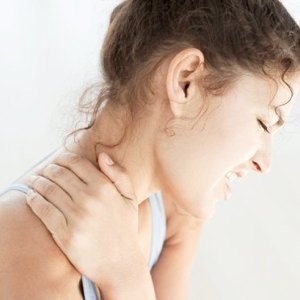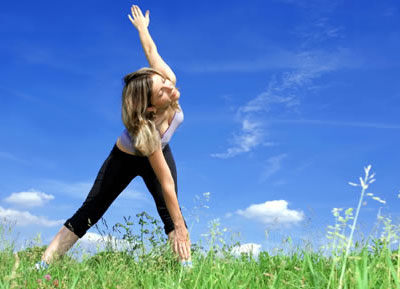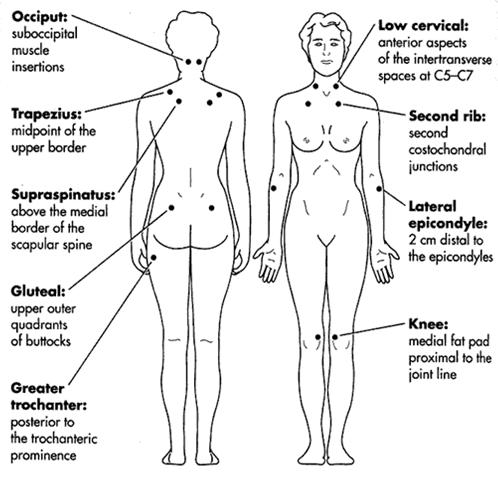We all know that in addition to physical activity, a critical component of leading a healthy lifestyle boils down to the food choices we make. But with all the food options out there, and a great deal of conflicting nutrition information circulating around, how do you know what you should consume and what you should avoid?
LOW – FAT PEANUT BUTTER
Often times, seeing “low-fat” on food labels falsely leads us to believe the item must be a healthier alternative. But when it comes to low-fat peanut butter, RDs agreed – stay away from it.
Ruth Frechman , RD, PT, spokesperson for the Academy of Nutrition and Dietetics, and author of “The Food is My Friend Diet,” stated that while peanut butter supplies healthy fat to your diet, “choosing low-fat peanut butter reduces the amount of healthy fat [you receive].”
Emily Miller, MPH, RD, Associate Program Officer at The Institute of Medicine, went on to explain that when fat is removed, the food manufacturer has to add something else to compensate for the texture and flavor the fat provided. What does that mean for you? “In the case of reduced-fat peanut butter, about one-fourth of the healthy (unsaturated) fats are removed, and sugar – and sometimes salt – is added; meanwhile the calorie content remains nearly the same, but the nutrient profile is less healthy,” she said.
Healthy Swap: RD Recommends
Love peanut butter? Miller suggested opting for natural peanut butter, which specifies only one ingredient on the label — peanuts. While natural peanut butter often separates, which can make it difficult to stir, she recommended storing the jar upside down for a day or so since it makes the job of stirring much easier. Having trouble adjusting to the taste? “Once you get through a jar of natural peanut butter, your taste buds will adapt and you’ll probably find [conventional] peanut butter too sweet and salty,” said Miller. Are you allergic to peanuts or simply want to test out something new? Consider giving sunflower seed butter or almond butter a try!
MULTIGRAIN BREAD
While research has found that consuming more whole grains can help reduce the risk of heart disease and cancer while also serving as a great source of vitamin E, iron and fiber, most people incorrectly assume that multigrain and seven-grain breads must do the same. Unfortunately, many of these products are often not 100% whole grain, and in some cases, they contain no whole grain whatsoever, Miller pointed out.
So what are these breads made from? The Nutrition Twins® Lyssie Lakatos, RD, and Tammy Lakatos Shames, RD, authors of “The Secret to Skinny,” told us that more often than not, seven-grain and multigrain breads are made from refined, white flour with a sprinkling of other grains. “Because these breads are just as processed and refined as white bread, they are usually devoid of fiber and spike blood sugar quickly, only to create the same crash that a sugar high does when it wears off,” said The Nutrition Twins. Miller mentioned that this crash can then leave you feeling hungry shortly after eating these foods.
Healthy Swap: RD Recommends
Reading nutrition labels is key. As The Nutrition Twins® recommended, opt for wholesome whole grain breads that state that they are made from 100% whole grain or 100% whole wheat flour. To avoid picking up an imposter, Miller cautioned shoppers to avoid any products that list the words “enriched” or “refined” anywhere on the package or in the ingredient list.
Researched by KATIA C. ROWLANDS – PILATES INSTRUCTOR & PERSONAL TRAINER – 0825134256 •







